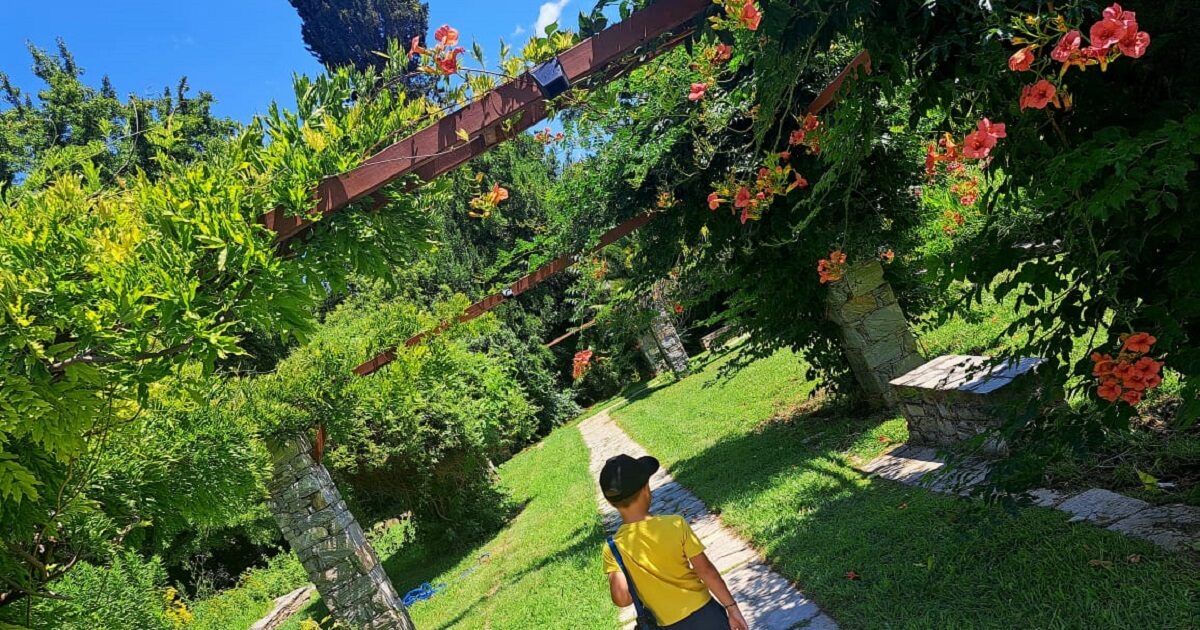THE Botanical garden Julia and Alexandros Diomedes is a breath away from the center of Athens and is an oasis for young and old alike, in the gray everyday life of the city. It is the largest botanical garden in Greece and the eastern Mediterranean and is located in Chaidari.
Recently, the Guardian put the Greek capital’s botanical garden on the list of the 10 best secret gardens in Europe’s big cities and not unjustly, as it is an important green lung with a special ecosystem.
In addition to the forest surrounding it and the living museum of hundreds of Greek and world fauna, the Diomedes Botanical Garden is at the same time constituting a shelter for birds and several forest animals (foxes, hares, and even wild boars).
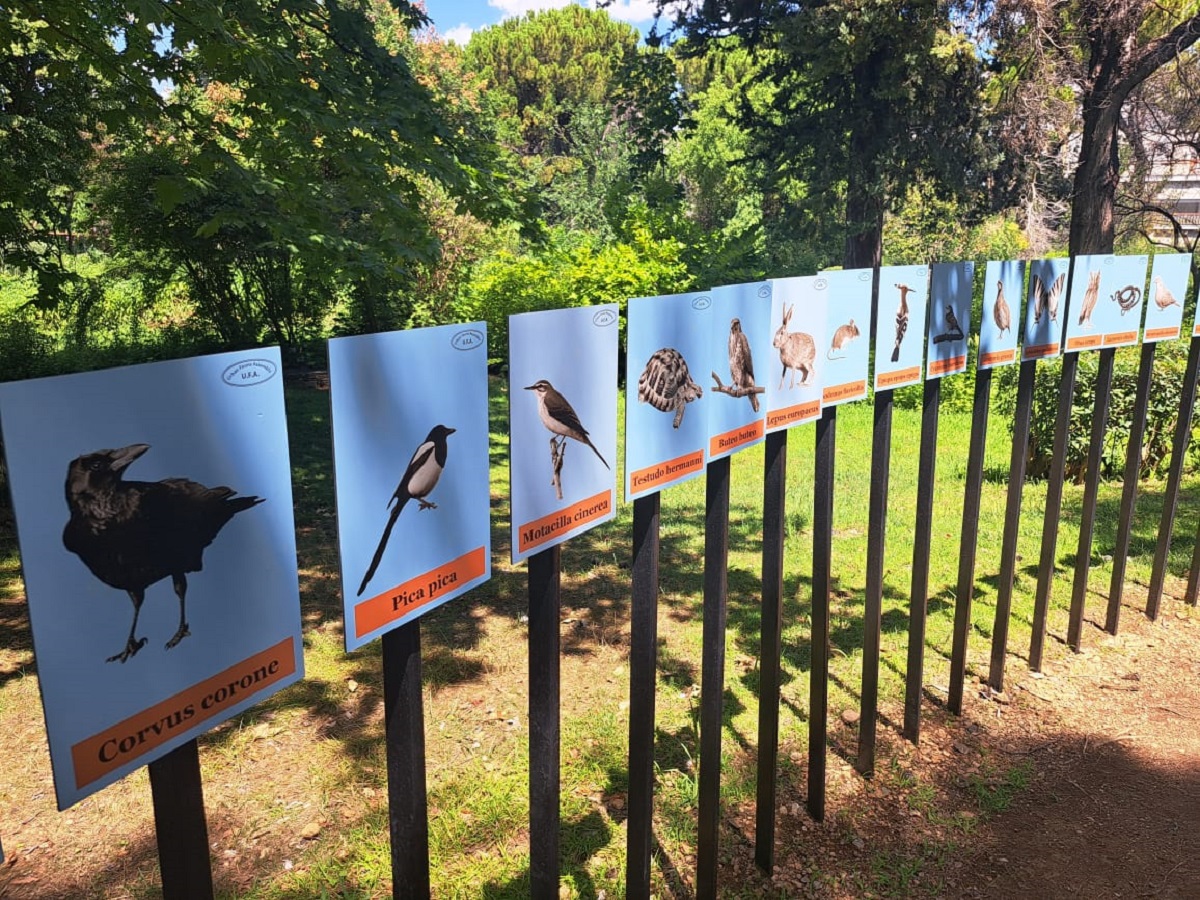
The space for the creation of the Botanical Garden was given on the condition that the surrounding area was reforested, which until then operated calcifications, taking advantage of the territorial composition of the area.
It was created with the help of the Ministry of Agriculture and under the supervision of the late Botanical Professor of the University of Athens Konstantinos Mitrakos, based on the plans of Professor of Architecture and Landscape of the University of Berlin Herta Hammerbacher and the 1975
Visits by 50,000 students
The garden is an attraction for many people, but also more distant visitors, who enjoy the educational tour of the various sections with their flower beds, the magnificent reminiscent of the unique blossom, as well as the refreshing walk in the forest with the specially engraved trails. Or if they do not prefer this walk in the green, they can enjoy the magic of the green, the tranquility of the forest and the hospitable coffee of the garden under the grand trees and their dense shade.
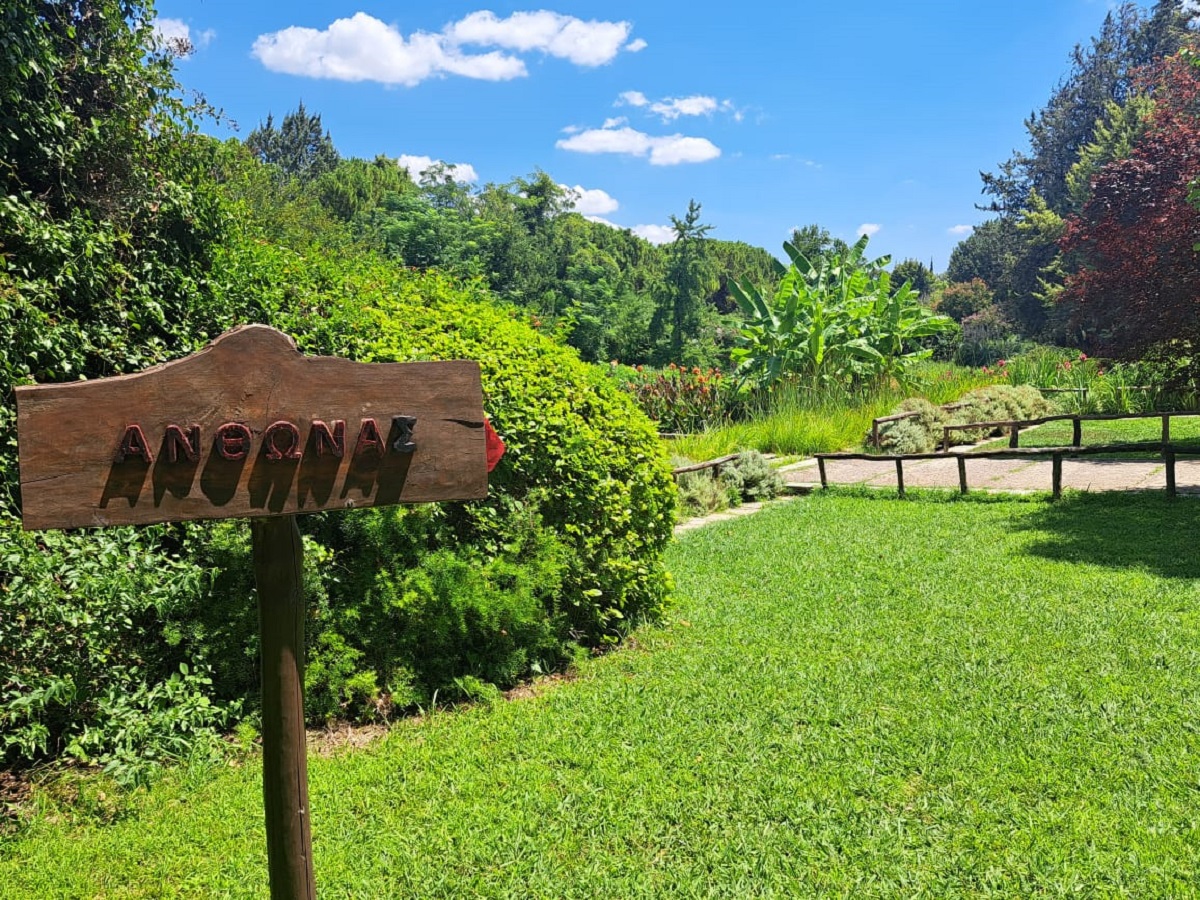

Last year more than 500 schools and 50,000 students visited the garden, were informed by his willing guides about his history, and mainly pumped a lot of knowledge and information about the endemic plants of our country, on the pharmaceutical and “economic” plants, but most of them were acquainted with other countries. In nature and its organizations, they felt the fascinating of the Renaissance of Life and were impressed by the experience of inhumane natural beauty.
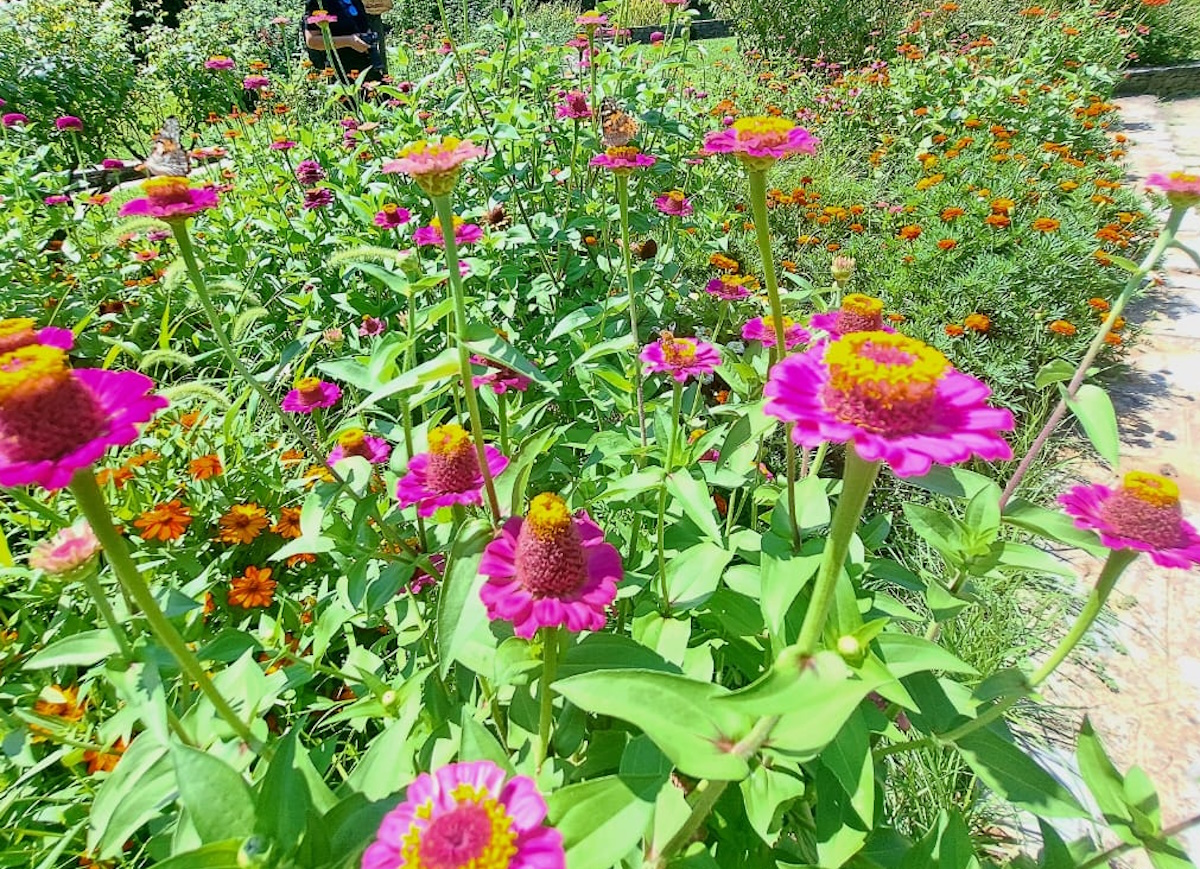

Speaking to RES-EIA, Nikos Lebanos, one of the agronomists of the Botanical Garden, said that it has a total area of about 1,860 acres, which are covered by natural vegetation that includes more than 550 species. At the limits of the garden we find one of the oldest Pinus Halepensis forests of Attica, surrounded by a natural environment of skins, holly and other species. Much of the garden is also covered by a “enriched” pine forest, after reforestation, with pine trees and cypresses. Shrubs and phrenasists of all kinds and shapes cover a significant area, filling the landscape with their colors and smells -especially at the time of the flowering of the flowering in spring.
In its Department of Historical Plants, the visitor can see species that are endemic in our country since prehistoric times. At the same time he learns about renowned plants such as Mandragoras, the cone, but also about the “sacred” trees and plants of the ancient gods: the Myrtle of Aphrodite, the olive tree of Athena, the Skino of Hera, which was even planted outside the monasteries, which was also planted outside the monasteries. Pepper!
A truly paradise place of the garden is its blossom, with its special gardening architecture and the colorful track from endlessly impressive species of flowers, 100 varieties of roses, unique species of trees and bamboo, which will be more and more ours.
Its 25 lakes are filled with water lilies and other aquatic plants, with the most impressive Indian lotus and the green “water lentils”, while Japanese Cochako fish swimming in one of them give the impression of a purely natural environment.
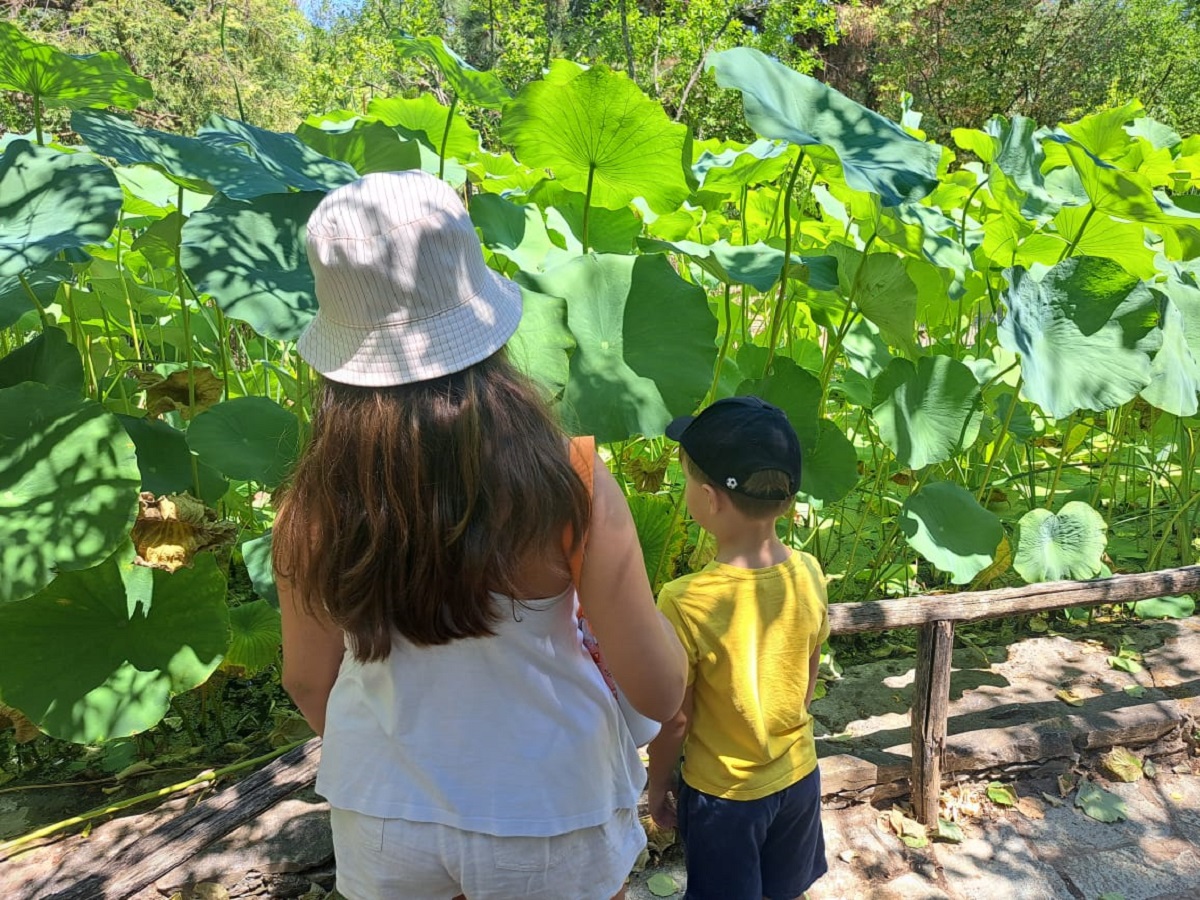

In other parts of the garden, the visitor will be informed about how many plants and trees contribute to the development of pharmaceutical research, with their ingredients being used for treatments from ancient times, either for the production of perfumes or simply as crops for food. In his tree, he will find species that are not found in Greek flora, such as palm trees, pine trees from other continents and climates.
But most importantly, the garden is the only one in Greece to be proud to have the Tree of Sekoya, one of the highest and oldest species of trees in the world, which can exceed 100 m.
An important part of the Botanical Garden is its nursery, where the seeds are cultivated for the planting of new ones or the replacement of plants and trees it hosts. With the constant exchange of seeds with other corresponding gardens around the world, the Diomedes Garden helps maintain global biodiversity and rescue endangered species of our natural heritage.
Particular emphasis is placed on the circular economy and on the ecological basis of the operation of everything in its extent. Its carpenter recycles the timber resulting from the trees of the garden, supplying the signs for information, benches and other functional elements for the design of the surrounding area. While its modern destroyer ensures the “chip” and the material that is composted to serve as a fertilizer and ground for the cultivation of different species.
But this monument of natural history is closely bound and with an important moment, of a human epic. In his dense tree, he highlights a glade that hosts the monument of the execution of the resistanceist Lela Karagiannis and her comrades, by the Nazi conquerors, in September 1944. Next, the German Bloods testify to the bloody page of this modern -day page. And in the dark, moments of their common life.
The Botanical Garden I & A. Diomedes is undoubtedly a “hidden diamond” as the Guardian and a “diamond” in Athens wrote, hidden by the green foliage and aromas of its plants and trees.
